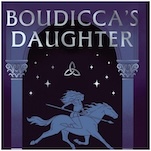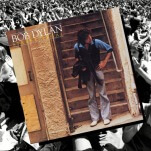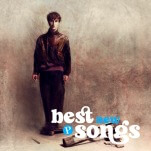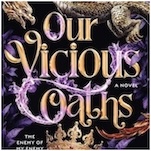Pickled Eggs Are Weird, But Wonderful
Photo by Rose Lambert-Sluder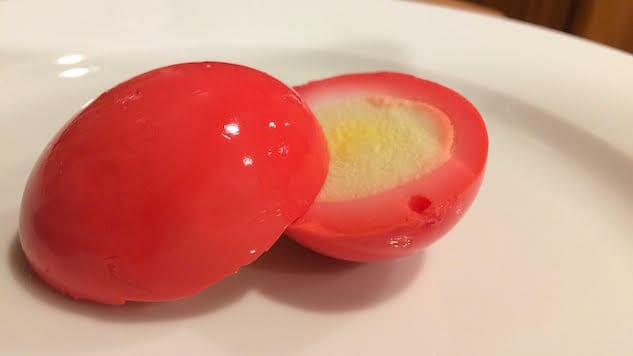
Here’s the jar in front of me: the liquid is pink. The lid is grimy. The logo is a cartoon pig in overalls, a buxom pig looking saucily at you, resting her cheek on her hoof and showing, inexplicably, a fair bit of cleavage.
This is a jar of Hannah’s Pickled Eggs. I’m in BJ’s Food Mart, a gas station in Asheville, N.C., reaching a pair of tongs deep into the vinegar to chase an egg (are they moving?). I finally catch one, drop it into a plastic baggie and put the tongs on the hot cocoa machine grate where I found them. The egg has the color and shine of a red clown nose. Behind me, people are playing the video slots.
So are these popular? I ask this of Harold Ameen, who rings up my egg. Eighty-five cents.
“Oh yeah. People come after work and get two or three beers and two or three eggs,” he says. “Especially the forty-ounce beers.”
Pickled eggs. Pickling turns mild flavors acidic; eggs are products of avian ovulations. Together, they’re an acquired taste. My first encounter was in a dare scenario with friends (I opted out), under green neon signs at Max’s Tavern—the inspiration for Moe’s Tavern in The Simpsons, where Moe kept a pale jar on the counter—in Oregon. The chewing and swallowing and the yellow sickly yolks peeping out in green sickly lighting—to me, it made a queasy scene. Of course, to many, there’s nothing queasy about it.
As the philosopher Carolyn Corsmeyer writes, “the disgusting and the delicious do not always function as opposites.” What repels can also attract. Pork rinds, bleu cheese, Cool Whip ambrosia, squid ink risotto—these are all evidence that foul and tasty coexist. One friend calls gas station eggs her guilty pleasure, along the lines of Ding Dongs dipped in sour cream.
And the disgust factor, in truth, is largely my modern projection. Pickled eggs’ popularity at BJ’s Food Mart shouldn’t surprise me—they’ve been a hit for centuries. When eggs were still seasonal, immersion in vinegar preserved them for winter. Beer halls and public houses in parts of Europe kept stores of them, typically offered for free, like today’s Cajun snack mixes, to incentivize drinking.
In the States, kids munched them at church picnics and barflies had them with beer. In Pennsylvania Dutch cooking, pickled eggs made a “sour” note complementing the “sweet” of meat and potatoes, according to a 1941 LA Times piece. Every general store in the South had a jar, says food historian Rick McDaniel, “usually with a side of Penrose pickled sausages and pickled pigs’ feet on either side.” Versatile, cheap, consistent and plentiful, they did the job: “Pickled eggs make fine appetizers. They’re good in salads or as a snack with crackers and cheese.” That, in 1965 Washington Post article, is a sentiment that seems to have crossed social classes.
-

-

-

-

-

-

-

-

-

-

-

-

-

-

-

-

-

-

-

-

-

-

-

-

-

-

-

-

-

-

-

-

-

-

-

-

-

-

-

-






